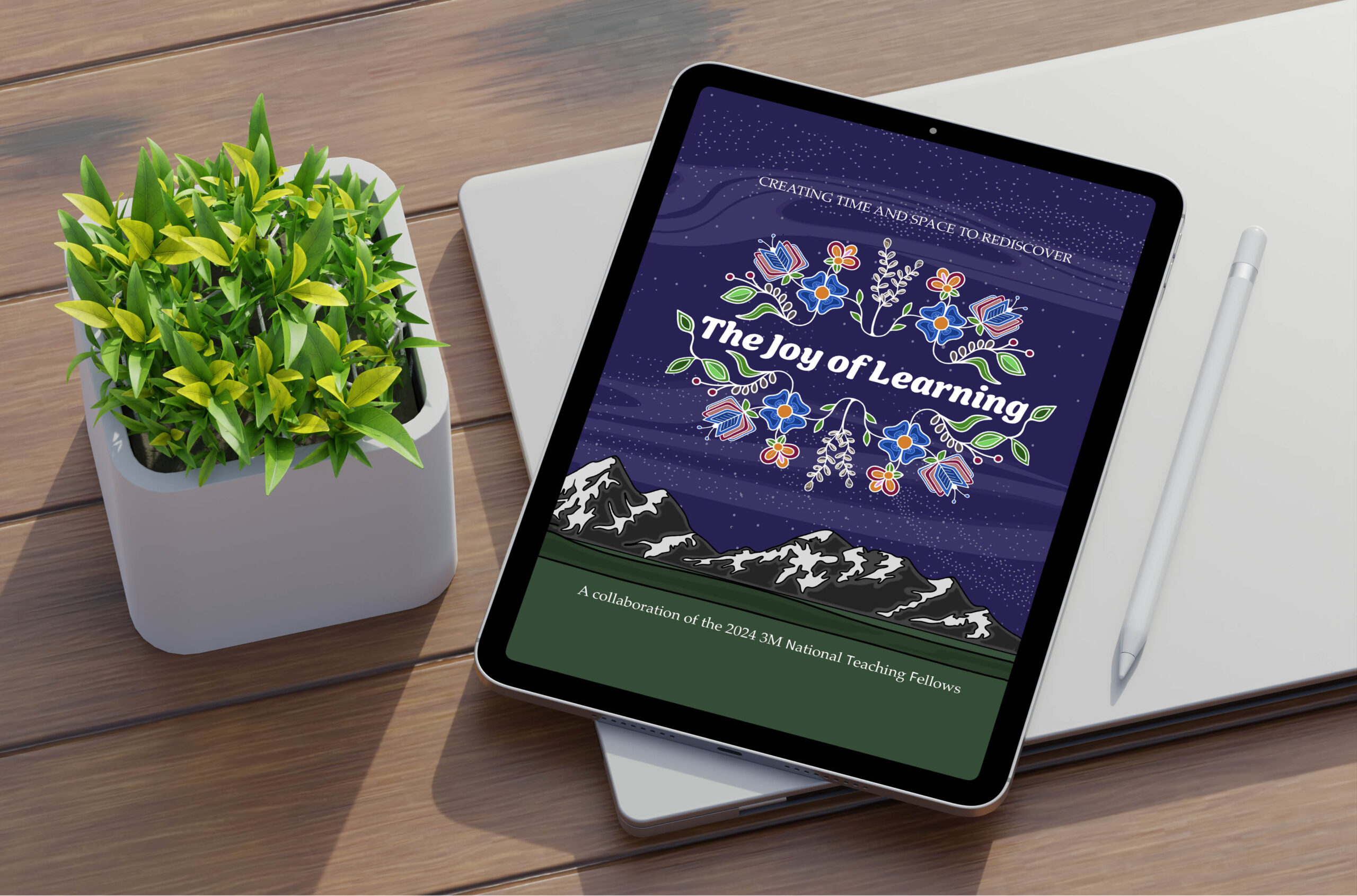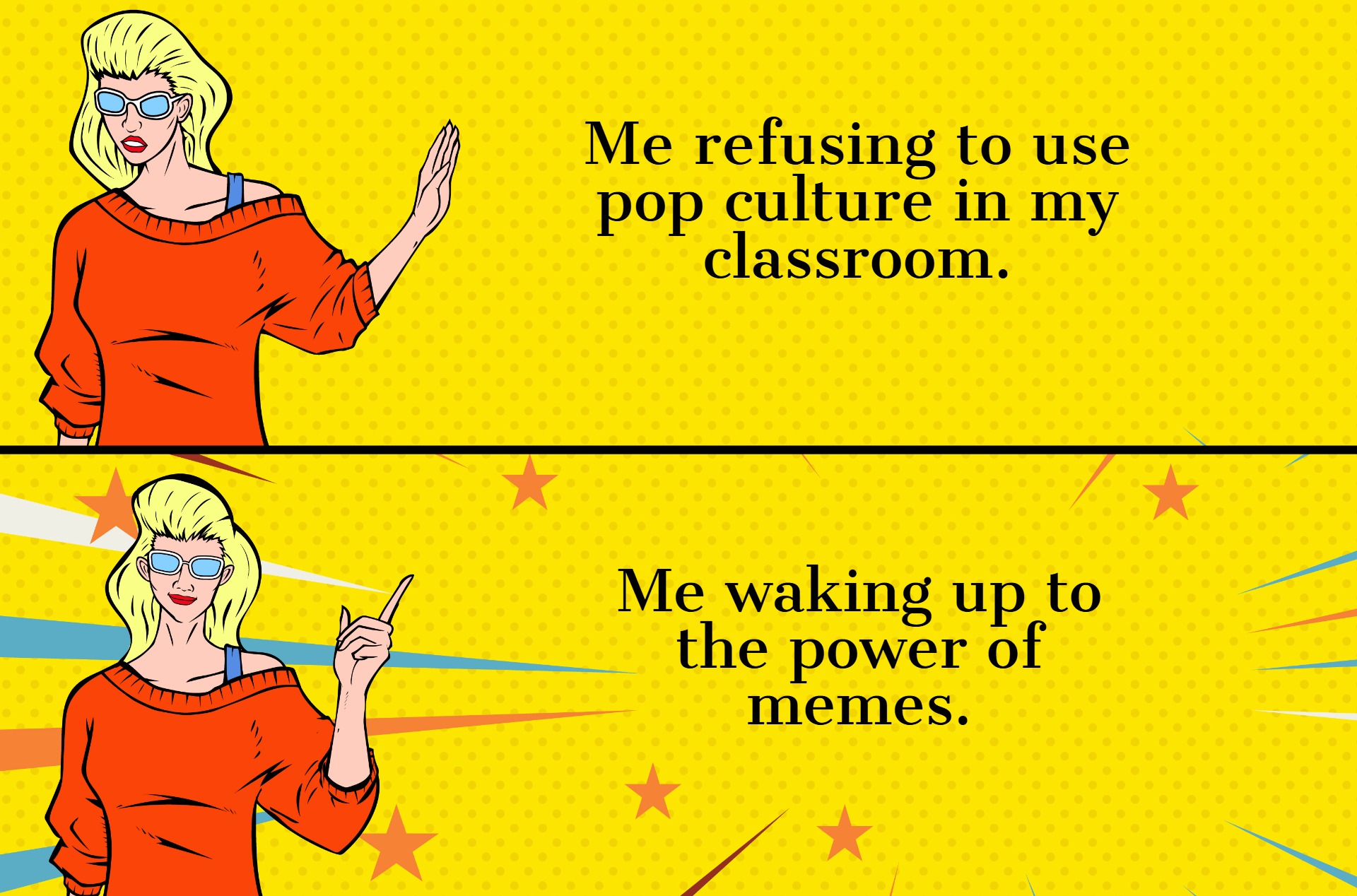Bring more joy into your teaching
A new tool helps instructors appreciate the positive in pedagogy.

Many of us are drawn to post-secondary education due to our love and passion for our disciplines. We enter the field brimming with ideas about how to approach our classrooms and fire up the next generation of learners. For some of us, it feels like a calling; for others, a very nice way to make a living.
But over time, this excitement can diminish. In the face of heavy teaching and service loads, poor student attendance, concerns about academic integrity, grappling with generative AI issues or just the passage of time, it can sometimes be difficult for instructors to remember why teaching was so exciting in the first place.
Simply put, we can lose sight of the joy of it all.
In today’s column, I am joined by Mount Royal University Professor Samanti Kulatilake. Dr. Kulatilake and I are both recipients of the 2024 3M National Teaching Fellowship (3MNTF). Our 3MNTF cohort developed a new joy-focused resource for instructors that is being presented at the 2025 Society for Teaching and Learning in Higher Education (STLHE) conference in Saskatoon this week.
Why focus on joy in learning?
In November 2024, the 2024 3MNTF recipients met for a four-day intensive summit. Our task was to come up with a collective project to support post-secondary teaching and learning. The team would then develop the project over the winter and present it at the June 2025 STLHE conference.
Everyone came to the session determined to create something innovative that would support our peers. But in our desire to provide solutions, discussions quickly focused on the problems facing higher education: academic dishonesty, the challenges of generative AI, student disengagement, instructor burnout, navigating turbulence, and inadequate funding.
This problem focus got a bit … heavy.
But periodically during the conversations, sparks of light would break through. One 3MNTF recipient stated, “people need to have space to have joy in their work.” Another wondered how we could support instructors in bringing joy, playfulness and curiosity into teaching. Yet another raised the opportunity to elevate teaching through attention to meaning.
An idea was forming.
We paused to reflect on our own experiences. In small groups, we shared examples of delightful moments in our own teaching. We then drew out the themes common to those moments. We could see patterns emerging.
We decided to create a resource to foster the joy that drew us to post-secondary teaching in the first place, recognizing that we are all committed to lifelong learning. The source would be interactive, easily accessible and — importantly — used by our peers.
The result is The Joy of Learning.
The Joy of Learning: an overview
The Joy of Learning is a journal, a notebook, a reflection space. As we explain in the opening pages:
It’s a journal, yes, but more than that, it’s an invitation to document, ideate, experiment, or simply reflect. Maybe it becomes your sketchpad for bold new ideas. Maybe it holds the sparks of inspiration that will grow into your next big project. … Let it be your space, your guide, your companion.
The Joy of Learning includes 148 colour pages for bullet journaling about teaching, with ample blank space for instructor reflection. Content from our cohort is interspersed throughout: time-saving tips, reflection prompts, recommended readings, inspiring quotations and our own stories — including moments of teaching delight and lessons from teaching failures. There is space to identify teaching, personal and other goals. There are even a few black-and-white images that you can colour in, if you feel so inspired. The cover and all inside artwork were created by Indigenous artist Hawlii Pichette.
To ensure accessibility to all educators, The Joy of Learning is open access and available for free download.
So how do you use this resource? However you want! You can pair the journal with a particular course offering and use it to keep notes on how the course is going, the parts you plan to retain, and the parts you plan to evolve. You can use it to reflect on all of your teaching over a single semester, identifying areas of your practice that you enjoy and imagining possibilities for the parts that bring you less satisfaction. You can use it as a regular journal or planner. And you can use it to foster community by establishing a Joy of Learning coffee club that meets regularly to discuss the themes in the journal.
Teaching and learning can be joyful. On behalf of the 2024 3M National Teaching Fellows, we invite you to incorporate The Joy of Learning into your teaching practice moving forward.
In presenting this resource, we acknowledge the funding support of 3M and the STLHE, and the work of our cohort: Erin Austen (St. Francis Xavier University), Loleen Berdahl (University of Saskatchewan), Nicole Campbell (Western University), Serge Chalhoub (University of Calgary), Cari Din (University of Calgary), Samanti Kulatilake (Mount Royal University), Heather Lawford (Bishop’s University), Richelle Monaghan (Wilfrid Laurier University), Libby Osgood (University of Prince Edward Island), and Rosemary Reilly (Concordia University).
Continuing the Skills Agenda conversation
How do you create focus on joy in your own teaching through learning? We would love to hear your thoughts in the comments below.
Until next time, stay well, colleagues.
Featured Jobs
- Canada Excellence Research Chair in Forest Biodiversity Conservation (Full Professor)University of New Brunswick
- Education - Assistant Professor (Distance Education)University of Toronto
- Business – Lecturer or Assistant Professor, 2-year term (Strategic Management) McMaster University
- Canadian Politics - Assistant ProfessorUniversity of Toronto
- Canada Excellence Research Chair in Energy TransitionsUniversité du Québec à Trois-Rivières (UQTR)













Post a comment
University Affairs moderates all comments according to the following guidelines. If approved, comments generally appear within one business day. We may republish particularly insightful remarks in our print edition or elsewhere.
2 Comments
A beautiful title that truly attracted my attention. Having been a teacher at High School level for over 30 years, I invariably found immense joy in my career.. the students were from 16 to 19 year olds just at the threshold of stepping into University life.. some schools were co-ed, some all male and some all female. They were eager kids within a highly competitive environment. The joys of teaching I relished in full measure – there sure were ups and downs but amidst them all – the liveliness, fun and most of all sharing my knowledge on both formal and life long skills with my students gave me joys beyond measure in my teaching years and I believe my students still carry with them the “joys of learning!”
It’s a concept that needs more focus in university. Professors need to focus more on their teaching skills. In other words, they need to be more passionate about their subject matter. If a professor talks in a monotone voice, is disorganized, and provides little feedback on essays or during office hours, it sucks the joy out of learning. More focus on teaching skills increases the joy of learning.